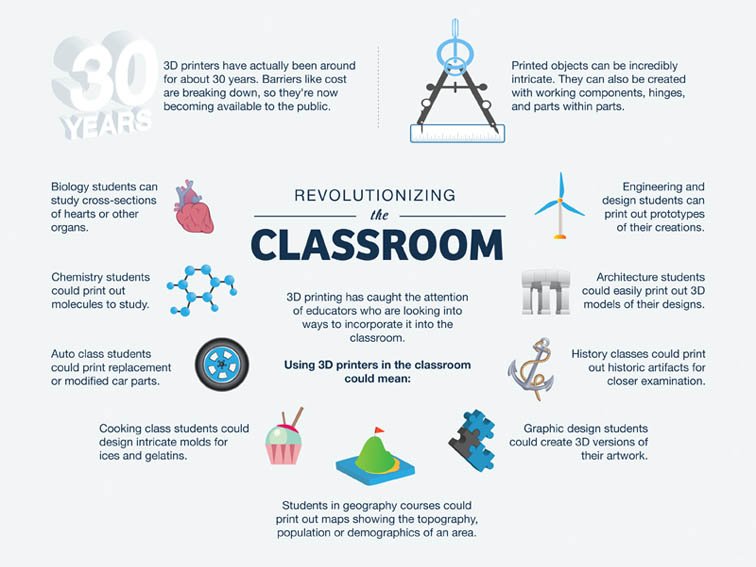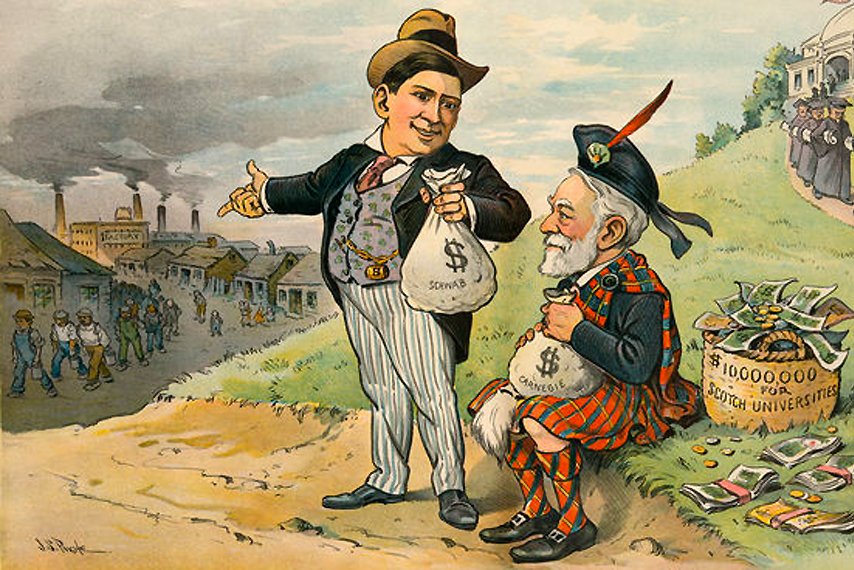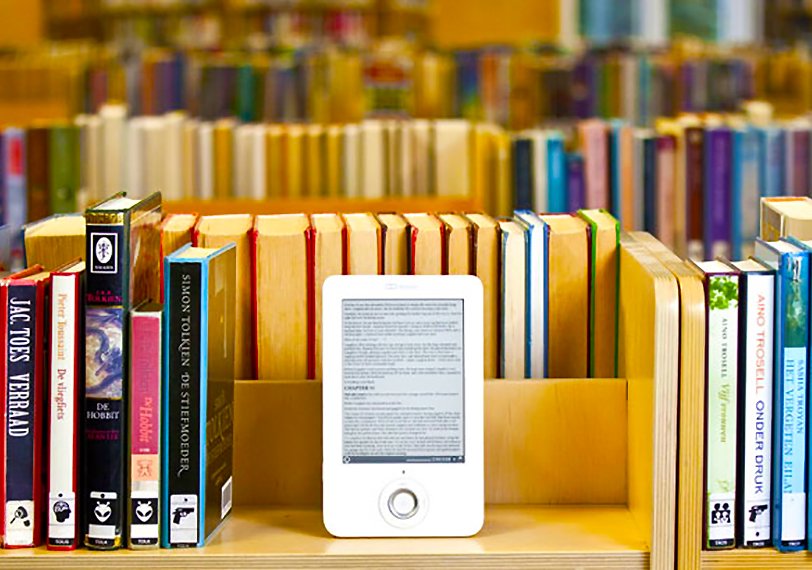“In the programmable world, all our objects will act as one.”
So begins a fascinating analysis of the Internet of Things by Bill Wasik reporting for Wired magazine in 2013. The Internet of Things has the ability to allow miniscule, intelligent devices to be able to gather and report on data about what we do and how we go about it. This has the potential to be able to have them help us by responding to our needs, and even solve our problems and save our lives. Examples provided are where teapots can communicate with alarm clocks and factory machines can communicate with the power grid or supplies of raw materials. It is hard to believe that the Internet of Things will be able to achieve these sorts of communications, but it is already happening, providing data that was not possible to access in the past.
In practical terms, other possible examples are of a hotel room where the machines are aware of your preferences before you even enter the room. The smart devices are able to control the lights, the amount of shade from the window and even the stereo, and they adjust automatically when you enter – they are not controlled by a machine. Another example provided is of a medical device that enables a person having a heart attack to know where the nearest defibrillator is. Some people have already put such technologies into practice, allowing the air conditioning at home to come on when they leave the office, in readiness for their arrival.
One interesting point that Wasik makes is that many people describe the phenomenon as the Internet of Things or as the Internet of Everything. This happens even though the devices in question do not necessarily use the Internet per se, but rather they communicate with one another using simple wireless protocols. Wasik refers to relate to the situation as being the “Programmable World”. In his eyes, getting enough of these sensors connected to networks means that they become something more than novelties and data sources, and instead become what he refers to as a “vast ensemble” that can be put to work.
The way to get the Programmable World to be able to achieve everything it is capable requires three steps to be undertaken. The first is perhaps obvious, and this is getting more sensors and processors into everyday objects and onto the network. According to Wasik the second is making sure that the devices are able to rely on one another without the requirement for human intervention to operate and communicate with one another effectively. The third is equally important and this is to make sure that once connected things are everywhere, to see them as a system that can be programmed. It is in this way that the world will be completely transformed. Wasik even thinks that this will change the way that we see the line between physical and virtual realities.
The first step of the process is underway already, and consumer devices are already being planted with sensors to make them “smart”. Many items now have the ability to be able to hook up with wireless. Wasik explains that smartphones are also able to communicate with these sensors and this helps to provide communication from sensors to phones and then consequently to the cloud, at a cheap price. Wasik provides examples of where Bluetooth Smart has already been utilised. Asthmapolis is explained to be a sensor attached to an asthma inhaler which tracks usage of the inhaler to be able to map where attacks are likely to happen.
Examples of home sensorsGeneral Electric is an example of an organisation that is trying to take on board the Programmable World to its advantage. One particular example is of where it is trying to use sensors to help to detect quality. GE has noted that small variations in mixing and firing can influence the quality and consistency of ceramics, and the process has been refined and adapted utilising information provided from machines. This has included understanding the optimal mixing time to get the best consistency, and the variation between the different raw materials that can vary and impact quality. Wasik explains that GE has achieve this through one factory producing 10,000 data points a second in order to better understand defect rates.
Honing in more closely to Wasik’s second stage of linking together two or more smart objects, Wasik believes this is the hardest. That is because it makes the jump from the harvesting of data to actually achieving automation as a result. This also creates nervousness in some according to Wasik, since it can be unnerving to put power into the hands of machines rather than people. But Wasik argues the case that all of this can be very constructive, stating that during any day there are a range of simple “if-then” relationships that could be put in place that could make life easier for people. For example:
“If the sun hits your computer screen, then you lower a shade.”
“If there’s too much noise outside, then you close a window.”
“If someone walks in, then you turn down your music.”
Having these types of activities automated would arguably be beneficial for most people, allowing them to be able to concentrate on what they have to do rather than getting distracted by the need to pull down a blind. While not everyone would want all of these activities automated according to Wasik, for some people being able to achieve this would make their lives easier.
Wasik’s third step is building applications that lie on top of the objects that are connected to one another. Wasik points out that this depends not just on the ability to tie together two objects but also creating relationships that are linked to outside sources of information. For example, Wasik explains that it would perhaps be useful if sprinklers were able to be smarter. If they were able to respond to weather reports and information about soil moisture and know how much water was in the soil already they may not necessarily need to run. This has the potential to save on power requirements. On the other hand, looking at this in terms of life and death situations, Wasik points out that it could be used for medical purposes. For example, if a person had a monitoring system at home to keep track of their diabetes, that system might be able to adjust the medication needed according to the data that it received from the patient. This would be helpful and genuinely could save lives in some cases and for some illnesses.
It is explained by Wasik that there are a number of projects underway to try to standardise the ways in which connected objects can communicate together. Projects pushed by Cisco and other major players are trying to create something of an “HTTP for smart objects, giving them a shared language to coordinate their actions”, says Wasik. It will be interesting to see what comes of these particular developments and how these items are finally able to communicate with one another.
Wasik does acknowledge that all of this is not without risk. Examples of risk that he provides include the problem of people being able to hack garage doors and bathroom fixtures that we have. This could be very problematic in the situation where hackers could have the power to disrupt high tech cars (for example) or mess with smart meters that monitor our use of energy, or even our pacemakers. Clearly such challenges could be very troublesome. However, experts believe that this problem is somewhat resolved by the fact that people are the weakest link with regard to hacking due to poor passwords, and that devices will not have the same kinds of problems inherent. Other problems highlighted by Wasik include the potential for privacy breaches. People may not necessarily want certain types of data collected and being stored about them. Above and beyond all of this however is the challenge of power, which Wasik sees as by far the biggest issue. The problem that each sensor will need power that will last a long time is particularly challenging, and this may not be resolved for a few years yet.
Reading List About the IoT
The Internet of Things (MIT Press Essential Knowledge)
Internet of Things: A Hands-On Approach
The Internet of Things: How Smart TVs, Smart Cars, Smart Homes, and Smart Cities are Changing the World

Paula Newton is a business writer, editor and management consultant with extensive experience writing and consulting for both start-ups and long established companies. She has ten years management and leadership experience gained at BSkyB in London and Viva Travel Guides in Quito, Ecuador, giving her a depth of insight into innovation in international business. With an MBA from the University of Hull and many years of experience running her own business consultancy, Paula’s background allows her to connect with a diverse range of clients, including cutting edge technology and web-based start-ups but also multinationals in need of assistance. Paula has played a defining role in shaping organizational strategy for a wide range of different organizations, including for-profit, NGOs and charities. Paula has also served on the Board of Directors for the South American Explorers Club in Quito, Ecuador.























